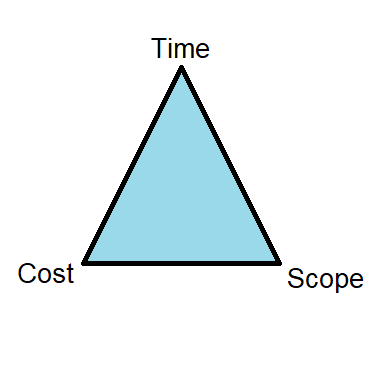Think about a job you’ve held, past or present. Try to classify that job based on each of the categories in the table below. Several examples are provided. (If you haven’t been employed, you can think about a role you’ve played, like being a student, parent, or friend.)
How would applying your technology skill be different for each job listed? What about your innovation skill?
| Job Title | Job Type | Type of Company | Type of Industry | Location |
|---|---|---|---|---|
| Blog writer | Food and beverage | Content development | Marketing | Portland, Maine |
| Gardener | Residential | Landscaping | Service | Lodi, California |
| Physician’s assistant | Pediatrics | Family health practice | Healthcare | Biloxi, Mississippi |
There is an untold number of ways to apply the 10 Skills. It would be impossible to identify every application! However, it pays to understand some of the different attributes that can affect situations in the workplace.
Would a landscape architect approach innovation or technology in the same way as a stockbroker on Wall Street? Likely not. It becomes obvious that the anatomy of each job dictates how skills get applied.
| Category | Variables |
|---|---|
| Physical environment |
|
| Daily activities |
|
| Training |
|
| Employment model |
|
| Work relationships |
|
| Company structure |
|
Read the following example. Then think of an answer to the question beneath it.
EXAMPLE
Juanita just received her degree in food engineering. Her first career job is at a startup facility that processes cheese and other dairy products. Right now, the facility is empty, so Juanita has been tasked with both designing the plant layout using computer-aided design software and purchasing the capital equipment. Once the plant is up and running, she will move into her permanent role as production supervisor, overseeing a team of 10 employees.
There are many correct answers to this question. If you thought of any of the following, then you’re headed in the right direction!

EXAMPLE
Devin manages a small group of financial advisors at a bank in a downtown highrise of a large city. He has planned an outing for his team to boost their relationship-building skills with one another. They’ll be doing a high ropes course in a state national forest an hour’s drive away. Devin received word that one employee, Kylie, is afraid to participate. He incorrectly assumes that Kylie is afraid of heights. After talking with her, Devin learns that Kylie is apprehensive because she has never set foot near a lake or forest.In this example, Devin had good intentions, but his social awareness needed some fine-tuning. He incorrectly assumed that people have similar backgrounds when it comes to their skills development. After his discussion with Kylie, Devin learned that Kylie has lived her entire life in the city with limited access to private transportation. She has never seen a lake or woods in person, and the thought of it was causing her anxiety.
Whether working in teams or leading them, it’s important to recognize that there is power in diversity of thought, experience, and culture. Different perspectives help to achieve great accomplishments. But it takes strong communication skills, social awareness, and empathy to learn how to be mutually respectful and navigate solutions for the benefit of everyone.
There are other parameters to consider when it comes to applying the 10 Skills, such as our available resources and the lasting consequences of our decisions.

Changing one of the factors has an impact on the other two. When we choose one option at the sacrifice of another, it’s known as a trade-off decision. Let’s see how this works with one of the 10 Skills: Communication.
EXAMPLE
Luca is in charge of Information Technologies (IT) at a small company. To improve communication across the company, he decided to publish a quarterly newsletter to help staff stay current on all the latest computer technologies. The newsletter was a hit! People became so invested in the information that they requested a newsletter every month. Although Luca wanted to please the masses, he knew that the time and cost needed to make a newsletter every 31 days would be too high an investment, and his other departmental work would suffer.In the example, Luca was asked to increase the scope of his communications project, but such a decision would inflate costs and take up too much of his department’s time. Luca determined that the trade-off would not be beneficial to the company.
When applying the 10 Skills, be aware of resource limitations such as time and cost. This list shows some of the costs that you might encounter. Can you think of any others?
Answers to this question will vary, but here’s one possible answer:
The U.S. Food and Drug Administration (FDA) is the regulatory body for all newly-developed drugs and medicines. Their job is to oversee effective and safe remedies for numerous infections and diseases. The agency must act responsibly and always put safety and testing ahead of efficiency and driving too quickly toward results in order to protect our society.
REFERENCES
Project Management. (2021, July 20). ProjectManager.Com.
www.projectmanager.com/project-management